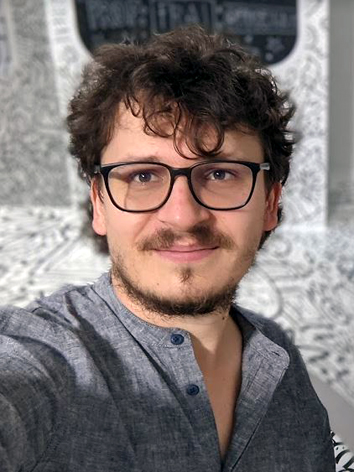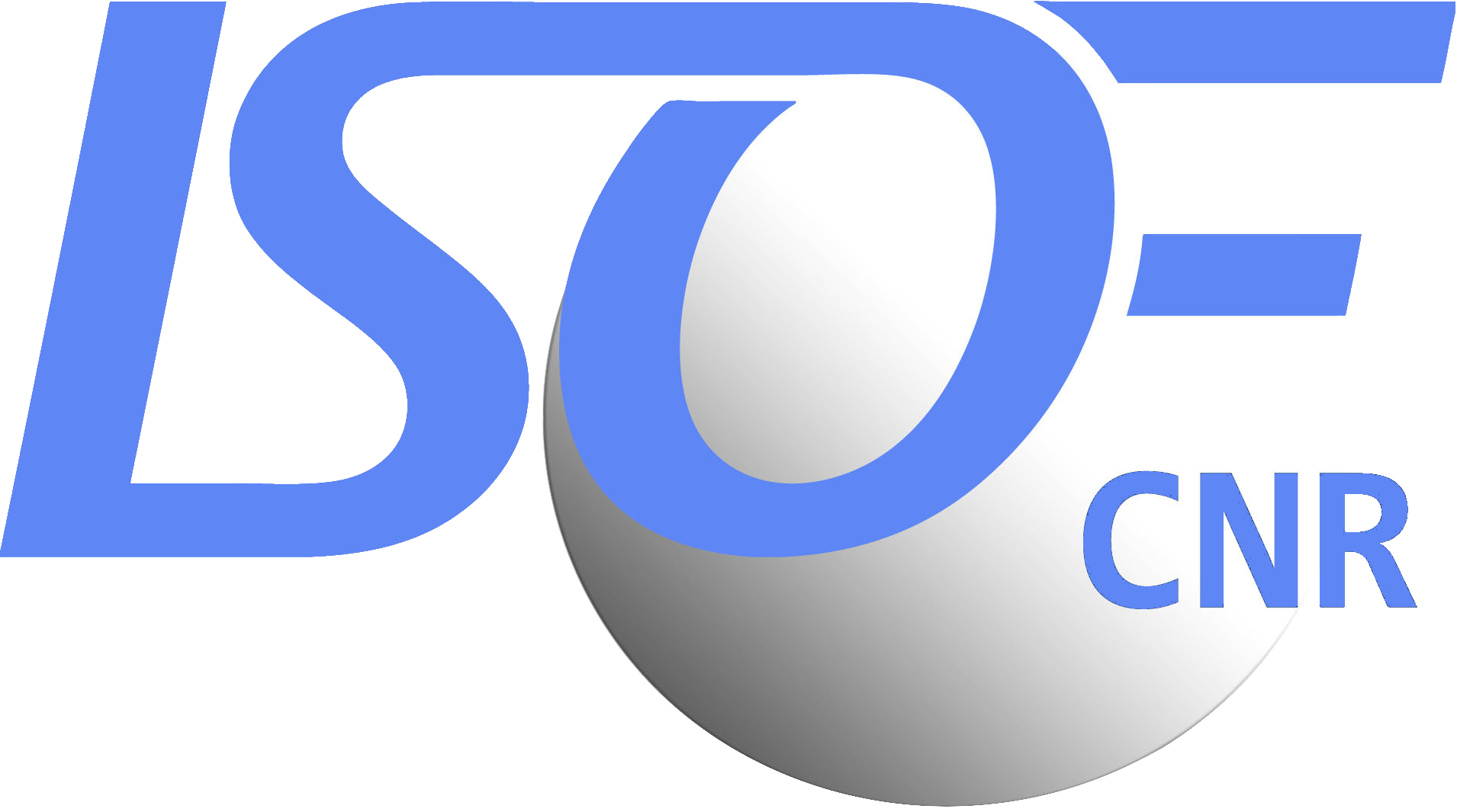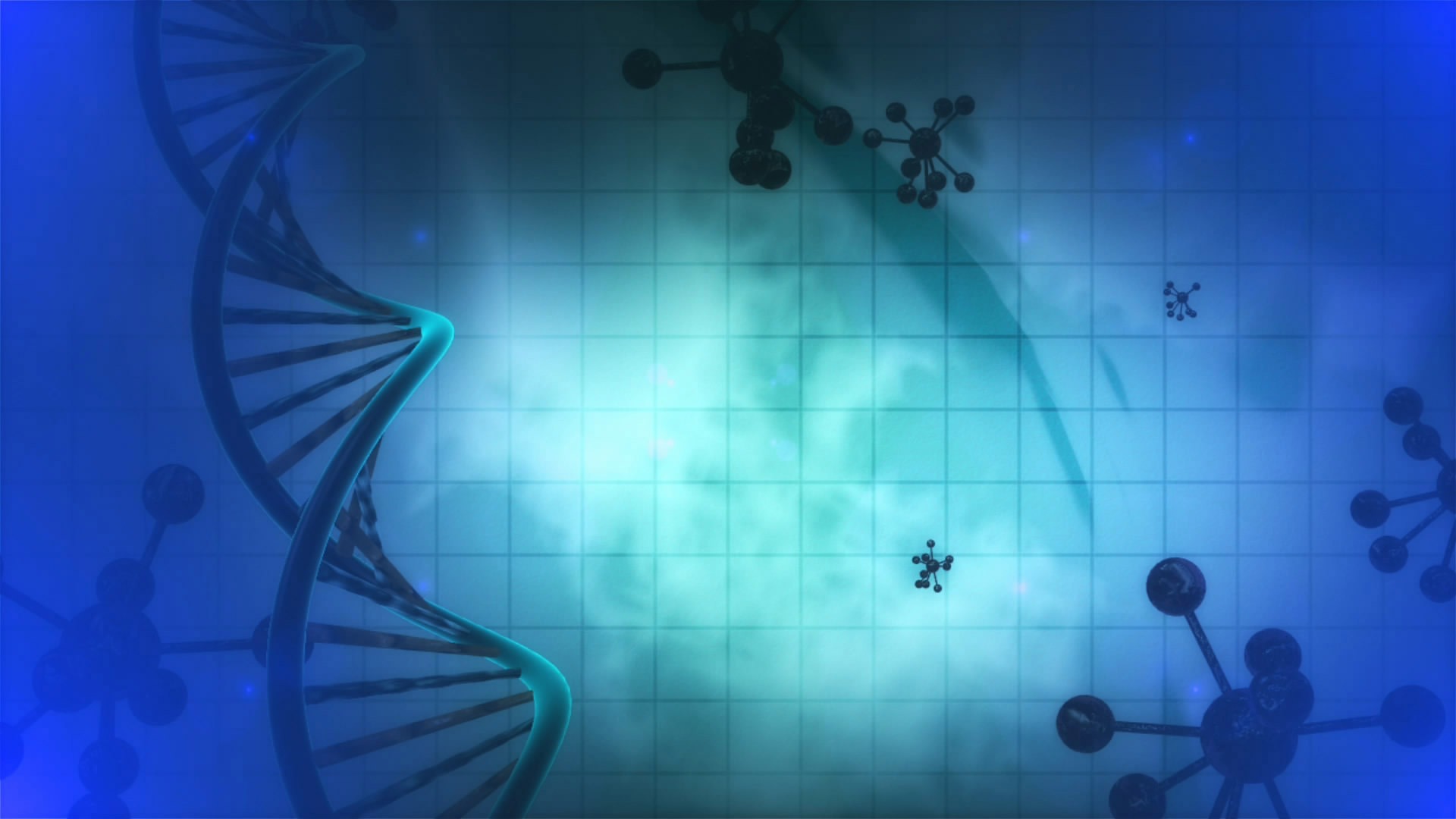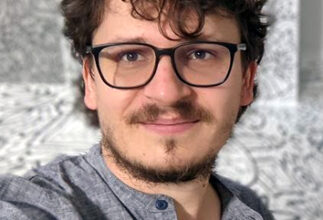
Researcher
e-mail: alessandro.kovtun @cnr.it
Office telephone: +39 051 639 8437
Building: Isof 12 – Floor: 0
Office number: 110
My research work is mainly focused on surface science of Graphene based materials (GBM). During my PhD and Postdoc I have participated to EU 2020 Graphene Flagship Project, by working on standardization of the characterization procedures of 2D materials [3], by using X-Ray Photoelectron Spectroscopy for qualitative and quantitative analysis. I have proposed a new fit procedure for the quantification of the Oxygen to Carbon ration (O/C) independently from thickness and substrate [1]. I am studying the structure of Graphene Oxide, its covalent functionalization [2]; carbocatalytic properties [4] and electrochemical sensing properties [8]. I have studied the ionic and molecular transport and the associated mechanisms (adsorption and intercalation) in GBM for water purification purpose [5,6,7]. I am currently the principal investigator of PRIN2022 project WOGA’N WATER, where a new high-permeability membrane composed of 2D material will be synthesized and tested for water purification applications.
- Since 2022 Permanent researcher at ISOF
- Since 2022 National Scientific Qualification- Experimental Physic. Abilitazione Scientifica Nazionale – Fisica Sperimentale della Materia 02/B1
- Since 2021 Adjunct Professor of Physics, University of Modena and Reggio Emilia, Food and Agricolutural Science – SCIENZE E TECNOLOGIE AGRARIE E DEGLI ALIMENTI (D.M. 270/04) (RE), Dipartimento di Scienze della Vita
- Since 2015 I am in charge of the scientific activities of XPS surface chemistry facility
Education
- M.Sc. Physics, Università degli studi di Parma (2012)
- Ph.D. in Physics and Nanoscience, Università degli studi di Modena e Raggio Emilia (2017)
During my PhD in Physics I have installed, calibrated and validated the X-Ray Photoelectron Spectroscopy (XPS) facility at ISOF. PhD thesis link
I have studied the charge transport properties of Graphene Based Materials (GBM), I have proposed a unique model that explains the transport properties of both single sheet and thin film Reduced Graphene Oxide (ACS Nano 15 (2021) 2654–2667).
Postdoc Researcher, 2017-2022, Istituto per la sintesi organica e la Fotoreattività ISOF-CNR, Bologna.
R&D Product Engineer, 2013, Kemet Electronics Italia, Sasso Marconi (BO).
Junior Research Assistant, 2012, ESRF, European Synchrotron Radiation Facility, Grenoble (France)
Selected Publications:
I have published an innovative approach on XPS data analysis focused on quantification of the oxygen content in Graphene Based Materials indipendently from thickness and substratess:
1. Accurate chemical analysis of graphene-based materials using X-ray photoelectron spectroscopy
A. Kovtun, D. Jones, S. Dell’Elce, E. Treossi, A. Liscio, V. Palermo, Carbon 2019 (143) 268-275.
Open Access link
Covalent functionalization and structure of Graphene, Graphene Oxide (GO) and Reduced Graphene Oxide (rGO) studied by XPS:
2. Covalent functionalization by using blue light activated radicals: on the reaction mechanisms of Arylazo Sulfones binding on Graphene.
A. Mameli, A. Kovtun*, D.Jones, V. Benekou, V. Palermo, M. Bandini, M. Melucci. Nanoscale Advances (2024) accepted manuscript
3. Benchmarking of graphene-based materials: real commercial products versus ideal graphene.
A. Kovtun, E. Treossi, N. Mirotta, A. Scidà, A. Liscio, M. Christian, F. Valorosi, A. Boschi, R.J. Young , C. Galiotis, I.A. Kinloch, V. Morandi, V. Palermo*, 2D Mater. 6 (2019) 025006.
Carbocatalysis with GO
4. Study and application of graphene oxide in the synthesis of 2,3-disubstituted quinolines via a Povarov multicomponent reaction and subsequent oxidation. S. Caputo, A. Kovtun, F. Bruno, E. Ravera, C. Lambruschini, M. Melucci, L. Moni. RSC Advances, 12 (2022) 15834
Water purification by using GO and GO composites:
5. Graphene oxide-polysulphone filters for tap water purification, obtained by fast microwave oven treatment.
A. Kovtun, M. Zambianchi, C. Bettini, A. Liscio, M. Gazzano, F. Corticelli, E. Treossi, M.L. Navacchia, V. Palermo, M. Melucci*. Nanoscale 11 (2019), 22780-22787
6. Core-shell graphene oxide-polymer hollow fibers as water filters with enhanced performance and selectivity. A. Kovtun, A. Bianchi, M. Zambianchi, C. Bettini, G. Ruani, F. Corticelli, L. Bocchi, F. Stante, M. Gazzano, T. D. Marforio, M. Calvaresi, M. Minelli, M. L. Navacchia, V. Palermo, M. Melucci*. Faraday Discussion 227 (2020) 274-290
A. Kovtun, A. Bianchi, M. Zambianchi, C. Bettini, G. Ruani, F. Corticelli, L. Bocchi, F. Stante, M. Gazzano, T. D. Marforio, M. Calvaresi, M. Minelli, M. L. Navacchia, V. Palermo, M. Melucci*. Faraday Discussion 227 (2020) 274-290
7. The removal efficiency of emerging organic contaminants, heavy metals and dyes: intrinsic limits at low concentrations. S. Khaliha, D. Jones, A. Kovtun*, M. L. Navacchia, M. Zambianchi, M. Melucci, V. Palermo, Environmental Science: Water Research & Technology 9 (2023) 1558-1565
Electrochemistry and sensing by using GO and rGO:
8. Electrochemical sensing of glucose by chitosan modified graphene oxide. F. Poletti, L. Favaretto, A. Kovtun, E. Treossi, F. Corticelli, M. Gazzano, V. Palermo, C. Zanardi, M. MelucciJ. Phys. Mater. 3 (2020) 014011
Full publication list: Orcid, Google Scholar, Scopus, Publons



Pingback: Excellence of ISOF in Research Projects of National Interest PRIN) – Institute for Organic Synthesis and Photoreactivity
Pingback: Call for application n° ISOF_291_2024_BO – Institute for Organic Synthesis and Photoreactivity